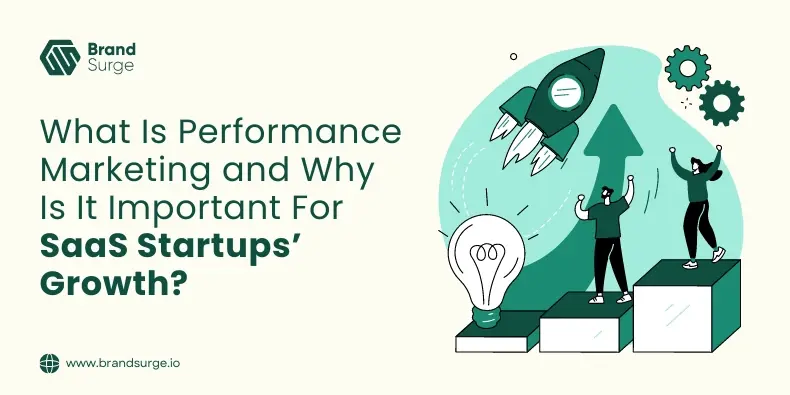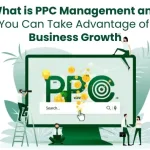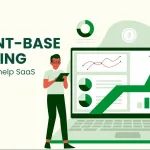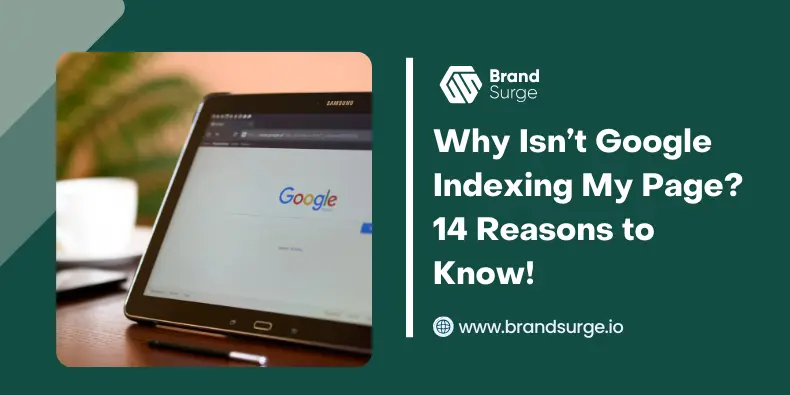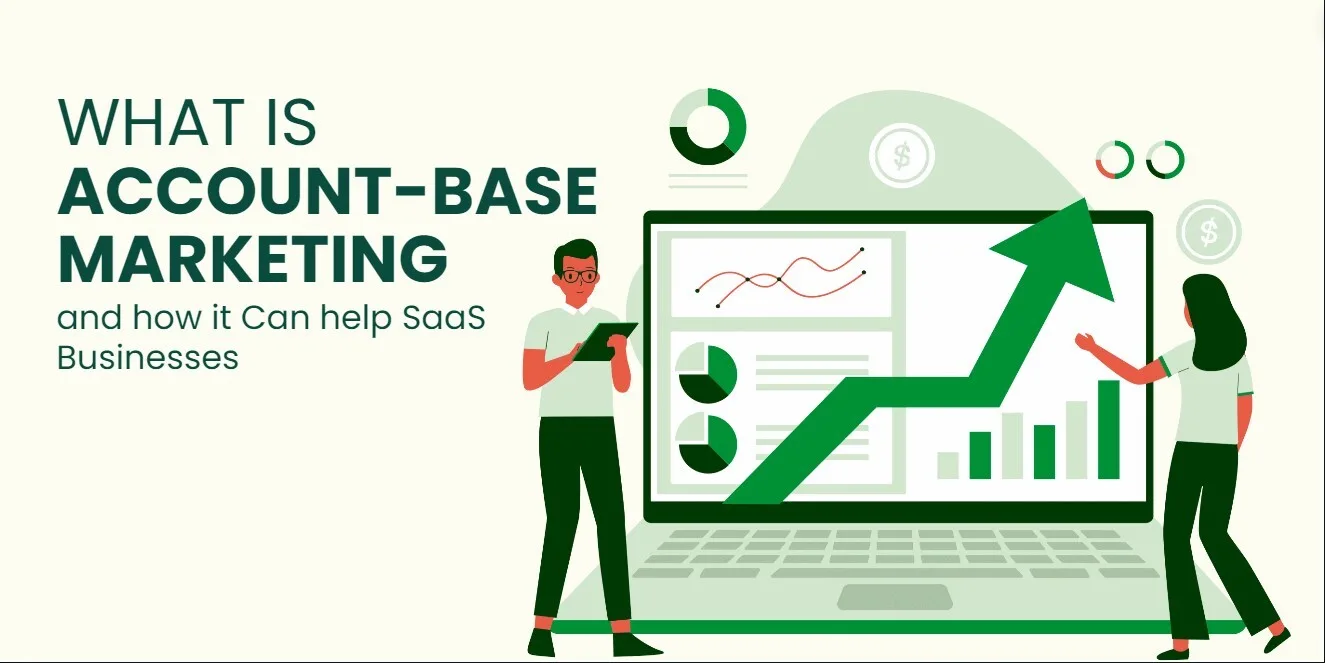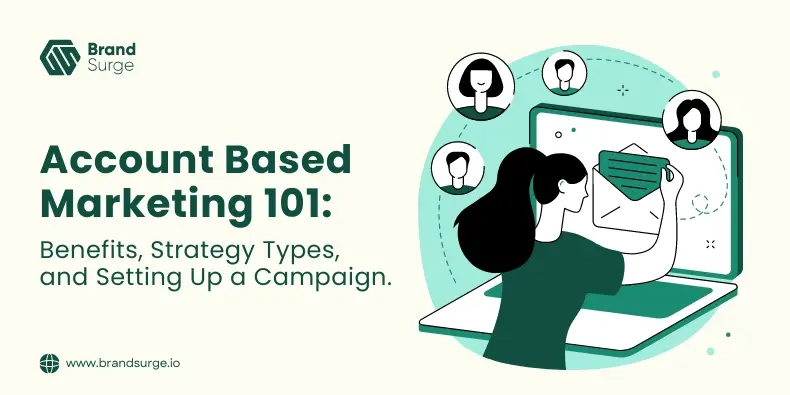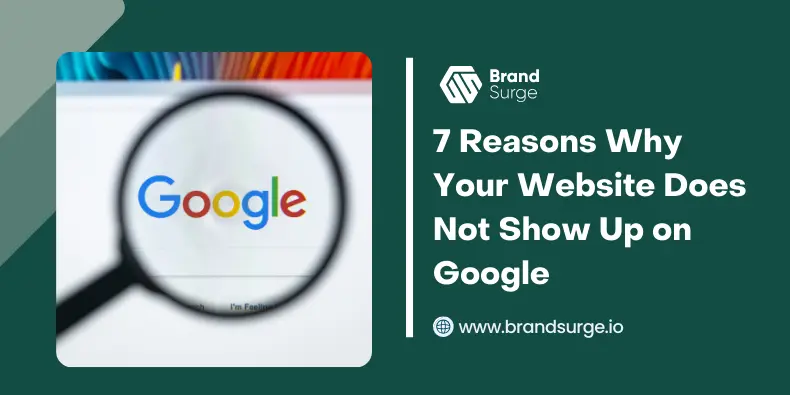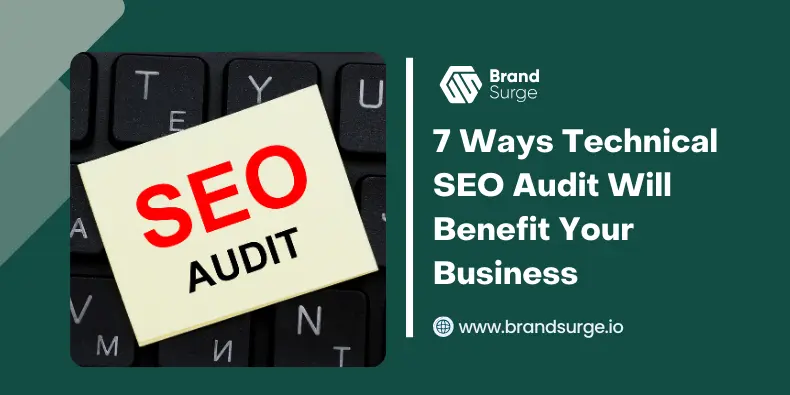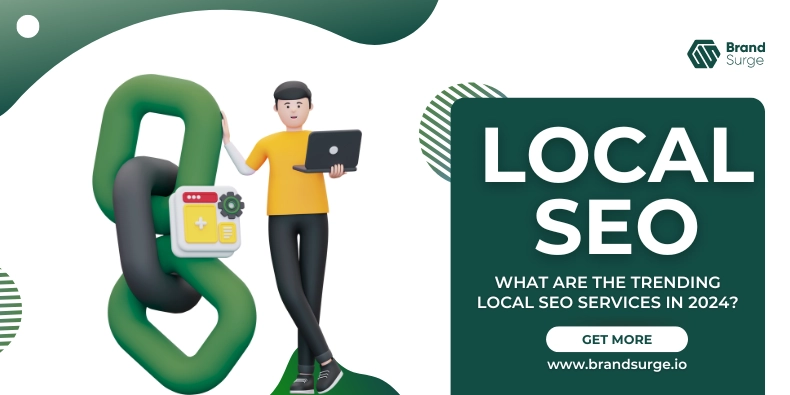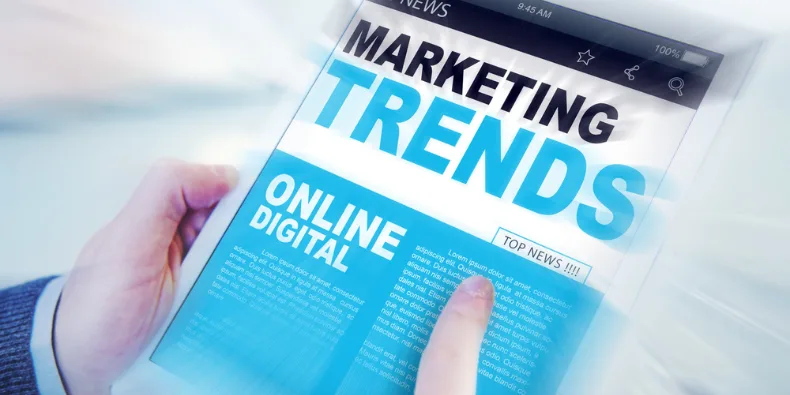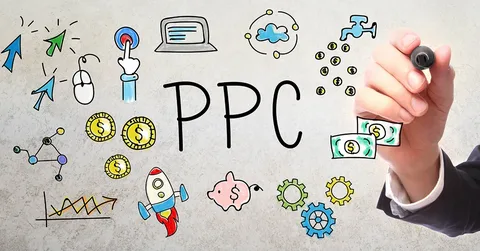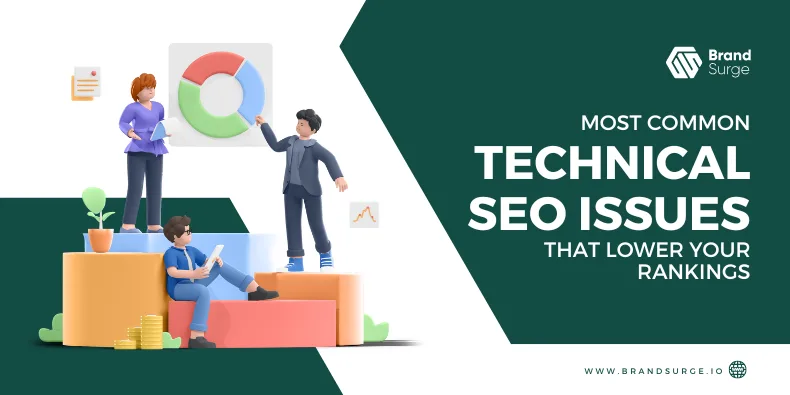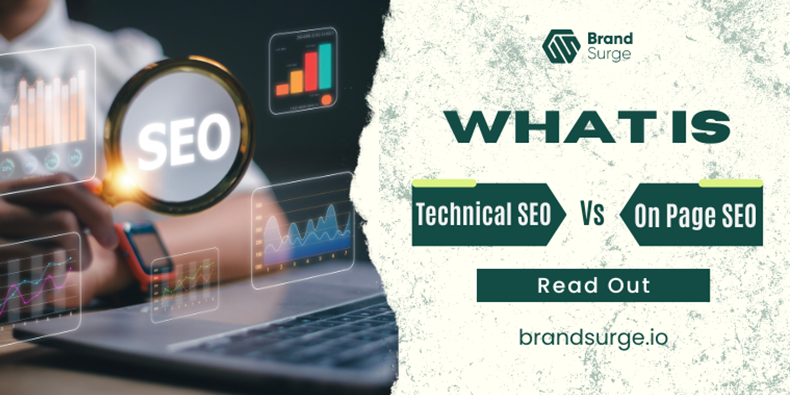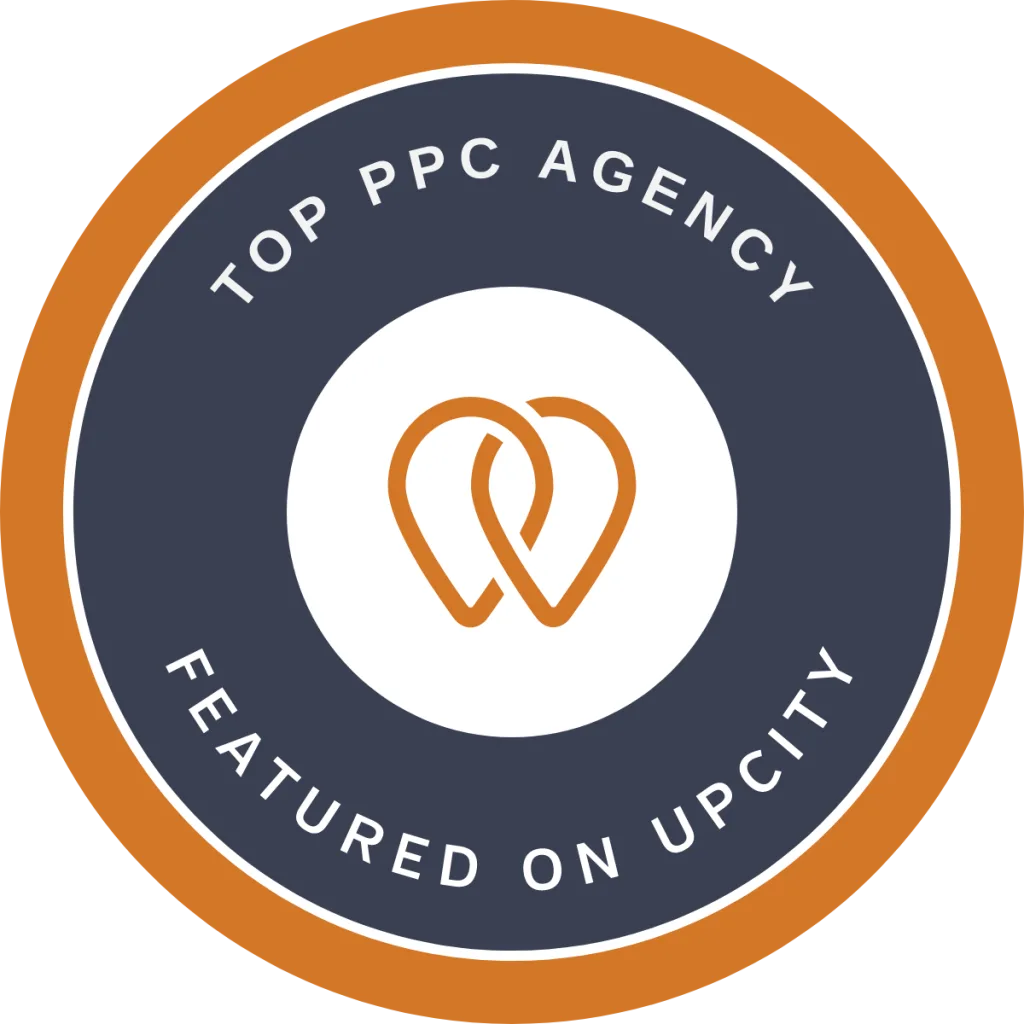We all know how important marketing is in this digitally competitive age. The right marketing of your SaaS product will help you land the right customers, which is essential for business growth.
However, key trends influencing SaaS startups show that many of them have minimal resources. Therefore, they are unable to allocate proper funds to marketing. This, unfortunately, leads to low brand awareness, brand recognition, and sales, and ultimately less revenue.
However, instead of facing this adverse situation of poor results, you can employ Performance Marketing for your SaaS startup. So, first, let’s understand what performance marketing is actually.
What Is Performance Marketing?
Performance marketing is a type of digital marketing in which brands have to pay marketing service providers only after their business objectives are met or when specific mutually-decided actions are taken.
In short words, it is a performance-based marketing strategy. It is ideal for companies that want to reach a large audience. Why? Because the payment will be based on the way users interact with the produced and marketed content.
Types Of Performance Marketing

The following are six main types of performance marketing channels that our experts use to help your business drive maximum results:
1. Display Ads
In the online world, display ads are a very common type of advertising. These banner or display ads usually appear on your browser results. This includes the side of your Facebook newsfeed, or at the top or bottom of any other web page.
Although display ads are slowly losing their appeal in today’s digitally advanced world where innovation is at its peak, many companies still find them useful as it uses interactive content, videos, and graphic design to capture the interest of viewers.
2. Native Advertising
It is a type of advertising that blends in with the surrounding content on a website or platform. It is designed to look like it is a part of the natural experience of the website, rather than standing out as a traditional advertisement.
This type of advertising includes sponsored videos that appear in a ‘Watch Next’ suggestion section on YouTube and sponsored posts on other social media platforms. The goal of native advertising is to promote a brand or product in a way that feels natural to the user, instead of being disruptive or intrusive. By appearing side by side with other types of organic content, native ads can be an effective way to reach and engage potential customers in a natural and persuasive way.
3. Content Marketing
The goal of content marketing is to create valuable and useful content to educate and inform target customers, rather than to sell your products directly. This approach can be less expensive and more effective than outbound marketing techniques. These techniques include cold calling and advertising. In addition, it can generate a higher number of leads for your business.
Creative Content Marketing can take many forms; like blog posts, case studies, e-books, and more. Moreover, it can be used by businesses of all sizes and industry niches. For example, a digital marketing agency might create a series of informative blog posts about the benefits of email marketing, with a link back to their email marketing services. In this way, they educate their audience and establish their brand as a trustworthy source of information.
4. Social Media Marketing
Performance marketers can benefit greatly from social media because it allows them to reach a large targeted audience and drive higher traffic to their websites. Additionally, social media users can share sponsored content organically. This also has the potential to increase the reach of the original post.
Facebook offers the most comprehensive list of services for performance marketers. But other platforms like LinkedIn, Instagram, and Twitter also provide various opportunities to connect with new customers and eventually convert them into paying customers.
5. Search Engine Marketing (SEM)
Search engines are the primary tools used for online research. This fact makes it essential for websites to be optimized for search engine marketing (SEM). SEM is the practice of promoting a website by increasing its visibility in search engine results pages (SERPs) through paid or unpaid strategies.
The goal of SEM is to increase the website’s visibility and drive traffic to it, potentially leading to increased sales or leads. Performance marketers typically focus on cost-per-click (CPC) for paid advertising. And use content marketing and SEO-optimized landing pages for organic SEM.
6. Affiliate Marketing
It is a type of digital marketing in which an advertiser pays for a desired action, such as a purchase or lead. The desired action is generated through a partnership with a coupon, loyalty, review, or incentive site, or through an influencer, YouTuber, or blogger.
In other words, it involves promoting a product or service through affiliates who receive a commission for each successful referral. So, it is also a great way to generate leads and revenue for SaaS startups.
Benefits of Performance Marketing Strategy For SaaS Startups
Here are the top benefits of performance marketing that show why your business should invest in it.
1. Brand Awareness
When you work with affiliates and agencies for your performance marketing strategy, you can effectively reach a broader audience. Moreover, it will help you drive potential leads from their audience pool, and convert them into loyal customers.
2. Trackable Performance and Continuous Improvement
Performance marketing is a measurable and transparent strategy. In it, brands have the ability to see the entire click-to-purchase path of every user. It also helps in identifying the aspects of the strategy that need more investment. You can also analyze which channels and partners are producing better results – all of which can help you ensure continuous improvement and scalable growth.
3. Lower Risk
Since affiliates are paid by the SaaS provider only after a desirable action takes place, performance marketing minimizes risk. How? It lowers the cost per acquisition (CPA) and increases the return on investment (ROI). In this way, the budget has more room to accommodate other marketing strategies. So, you can expand and test multiple performance marketing strategies and choose the one that not only suits your SaaS the best but also helps you grow.
How to Best Measure Performance Marketing Results?
Performance marketing relies on the ability to track and measure the return on investment (ROI) of various actions through key performance indicators (KPIs). These metrics, such as clicks, page views, and sales, are essential for evaluating and improving performance.
The following are some ways you can use for measuring the marketing performance for public cloud, SaaS, retail, and other industry niches.
1. Cost Per Acquisition (CPA)
It is the amount you pay to the performance marketer when consumers complete a desired action; like a sale, a click, or a form completion. This is the most common payment model in e-commerce.
2. Cost Per Lead (CPL)
A lead is a person who is interested in your SaaS product. In this metric, you only pay when a qualified lead is generated by the performance marketer.
Generally, there are three types of leads:
- Information-qualified
- Marketing-qualified
- Sales-qualified leads
However, you are supposed to pay for any type of lead generated through the advertising campaign.
3. Cost Per Click (CPC)
In this metric, you have to pay according to the number of times your ad has been clicked by the viewers. It means that if nobody clicks on your ad, you will not have to pay anything – zero expenses.
4. Cost Per Sale (CPS)
With the CPS metric, you only pay when the performance marketer makes a sale driven by an ad – meaning you don’t have to pay for clicks or leads, instead only when the sale is generated. This system of performance marketing is very commonly used for affiliate marketing strategies.
5. Cost Per Impression (CPM)
Impressions essentially refer to the views of your ad. In CPM, you pay for every thousand views. So, let’s suppose 20,000 people from your audience saw your ad. Then, you will multiply the decided base rate by 20 and pay the resulting amount to the performance marketer.
6. Pay Per X (PPX)
In this model of payment, the ‘X’ can represent whatever the SaaS provider determines to be the desired action other than a lead, click, or sale. Some common examples of such ‘X’ include downloads, upselling within apps, and sign-ups for a rewards program.
Upsurge Your SaaS Growth with Brand Surge
Are you looking for an agency that provides the best services of performance-based marketing for SaaS? If so, then you are in the right place because Brand Surge is the best performance marketing partner in the industry.
Brand Surge is a full-stack digital marketing agency that works as a growth partner for all its clients and aims to help them with business growth and SaaS product scaling. With a team of professional marketing, PPC, SEO, and content experts, we collectively craft an innovative, creative, and effective marketing strategy tailored to your SaaS goals and needs. In this way, we ensure maximum revenue and return on investment in the long run.
